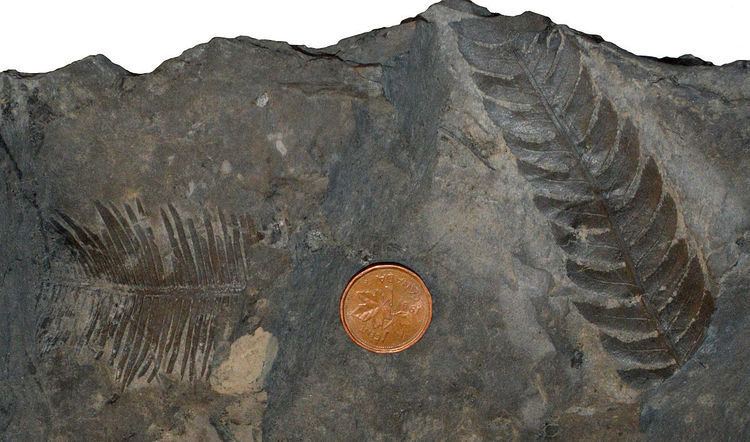Country Canada | ||
 | ||
Thickness maximum 665 metres (2,180 ft) Primary Sandstone, Siltstone, Mudstone | ||
The Mist Mountain Formation is a latest Jurassic to earliest Cretaceous geologic formation in the Western Canada Sedimentary Basin of southeastern British Columbia and southwestern Alberta. It was named for outcrops along a western spur of Mist Mountain in the Canadian Rockies of Alberta. It contains economically important coal reserves that are mined in southeastern British Columbia.
Contents
Lithology
The Mist Mountain Formation consists of interbedded light to dark grey siltstone, silty shale, mudstone, and sandstone, with localized occurrences of chert- and quartzite-pebble conglomerate and conglomeratic sandstone. It also contains a series of economically important coal seams.
Environment of deposition
The Mist Mountain Formation is part of the Kootenay Group, an eastward-thinning wedge of sediments derived from the erosion of newly uplifted mountains to the west. The sediments were transported eastward by river systems and deposited in a variety of fluvial channel, floodplain, swamp, coastal plain and deltaic environments along the western edge of the Western Interior Seaway.
Thickness and distribution
The Mist Mountain Formation is present in the front ranges and foothills of the Canadian Rockies in southeastern British Columbia and southwestern Alberta. It extends from the Canada–US border to north of the North Saskatchewan River. It thins eastward, ranging from 665 metres (2,180 ft) thick near Elkford, British Columbia, to less than 25 metres (80 ft) in the eastern foothills in Alberta. Farther to the east it was truncated by pre-Aptian erosion.
Relationship to other units
The Mist Mountain Formation is the middle unit of the Kootenay Group. It rests conformably on the cliff-forming sandstones of the Moose Mountain Member of the Morrissey Formation, and is conformably overlain by the Elk Formation. In the eastern foothills, the Elk Formation has been removed by erosion and the Mist Mountain Formation is unconformably overlain by the Cadomin Formation. North of the North Saskatchewan River, the Mist Mountain Formation grades into the Nikanassin Formation. Correlation south of the Canada–United States border is uncertain.
Paleontology and age
Plant fossils from the Mist Mountain Formation include remains of ferns, cycads, cycadeoids, Ginkgos and extinct conifers. No remains of flowering plants have been reported. Indeterminate fossil ornithischian tracks are also known from the formation. None of the fossils are sufficiently time-sensitive to date the formation precisely.
